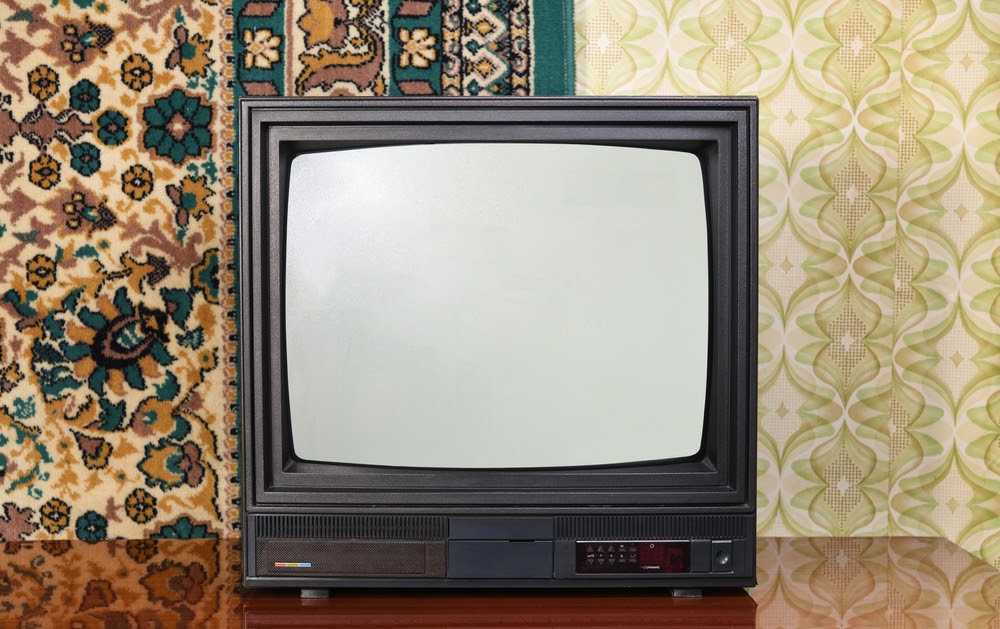Tune Into Savings with the Most Energy-Efficient TV
Small screens have become ubiquitous in the social world of most Americans. Smartphones let users keep in touch with friends, stream music and even watch movies. Tablets, too, have become small portable entertainment devices. But don’t assume that television is passé. Americans are still watching plenty of television, but they are enjoying their shows on high-tech larger-than-life screens.
The size of the average television has now expanded to 55 inches. Unfortunately, large screens require more energy. Homeowners who want to enjoy their shows on big screens, though, can tune into savings with the most energy-efficient TV.
Shopping for a new television with a theater-worthy screen? Here’s how to find the most energy-efficient options.
ENERGY STAR Televisions
Homeowners are in luck, because finding the most energy efficient television is as simple as looking for an ENERGY STAR label. Televisions are among the appliances that qualify for this label, and the options for energy-efficient televisions are extensive.
However, the most energy efficient televisions even by ENERGY STAR standards will feature smaller screens. The most energy-efficient larger screen television measures approximately 54.5 inches (just a nudge below 55 inches) and is produced by MI; the model uses 92 kilowatts of electricity per year.
The MI is actually on the fourth page of the ENERGY STAR most-efficient models. If homeowners are looking for the most energy-efficient television, they will need to compromise on the size of that screen. The most energy-efficient TV is by Sceptre; the screen measures 17.26 inches. However, that small screen television only uses 19.6 kilowatts of electricity per year!
While the most efficient model zaps less than 20 kilowatts per year, the ENERGY STAR television that uses the most electricity is by Philips. The screen measures 74.5 inches, and it uses 212 kilowatts of electricity per year!

How to Save More Energy and Money!
Homeowners can opt for more energy savings by choosing a smaller screen television. Yet, some homeowners might prefer a large screen. The television could be used in their home theater, and a 55-inch or larger screen may be the preference.
While selecting an energy-efficient television can ensure that homeowners are maximizing their savings when watching television and not wasting energy, they also could take a few additional measures to keep energy use in check.
Turn off the television!
When the television isn’t in use, turn it off! While homeowners might like the background noise, that big screen is using energy. Instead of keeping the television on, opt to listen to music on a phone or smaller screen device.
Use the Internet of Things
The Internet of Things can help homeowners stop energy drains in their home. By using smart powerstrips or plugs, homeowners can control gadgets and appliances from their phone. Forget to turn off the television? Turn it off from the bedroom or even while sitting at a restaurant. The phone can help homeowners take control of that energy waste!

Should Homeowners Upgrade an Older Television?
Some homeowners might still own—and use—an old cathode ray tube (CRT) television and might consider upgrading to a newer, more modern television. While newer televisions are much more high-tech and save space as they can be mounted on the wall, newer doesn’t always mean better in every respect.
Think the older CRT television is less efficient? Homeowners might be wrong on that assumption.
Back in 2008, Scientific American recommended keeping that old cathode ray if the television was in good working condition. While the cathode isn’t fancy or high-tech, the LCD screens and plasma models were energy suckers.
Techwalla also explains that while there could be energy-efficient choices on the market, replacing an old television isn’t a green choice. While choosing an LED screen could use a little less energy, the savings wouldn’t be substantial. Plus, Techwalla notes that it would have to be a screen size comparable to the CRT, and most of these televisions are offered in a much larger size.
More Screens, More Energy
Today’s homeowners might not be limited to just one television per home. Now there may be a television in the family area, the basement and even in bedrooms, too. Some homes even have televisions in the kitchen and bathrooms.
Remember that every screen uses electricity. Homeowners might consider downsizing the number of televisions in their home if the energy costs are getting out of control. A green choice might mean unplugging a few of those televisions and storing them away or donating them.
For homeowners who are still tuning into their favorite programs via a CRT, don’t toss out the old television. That cathode ray tube television doesn’t have to be assumed to be an unstylish outdated dinosaur. Just tell guests it’s vintage or retro and enjoy the savings and perhaps the nostalgia, too.


